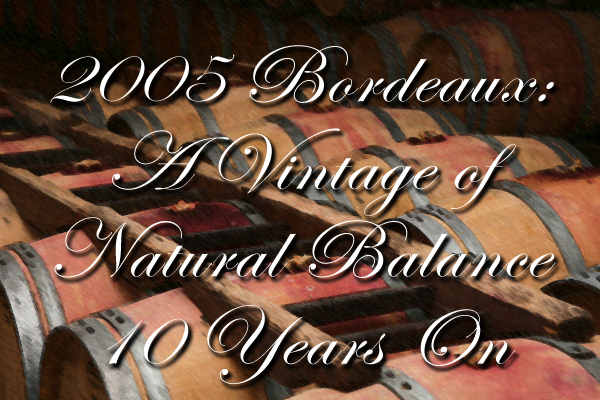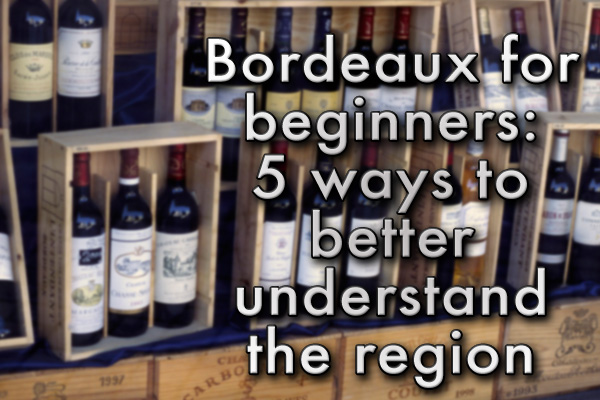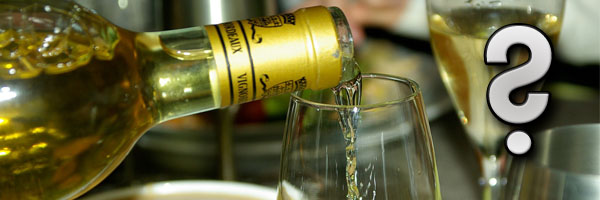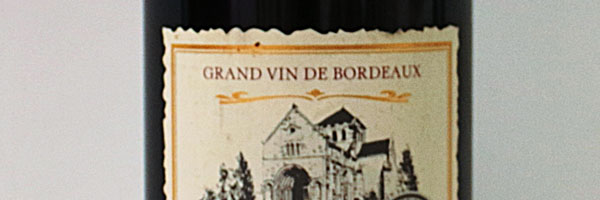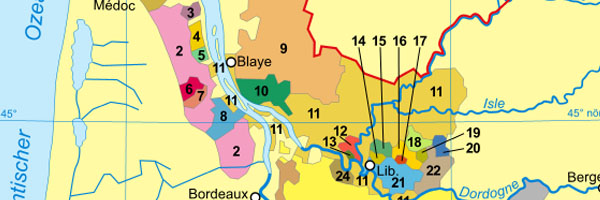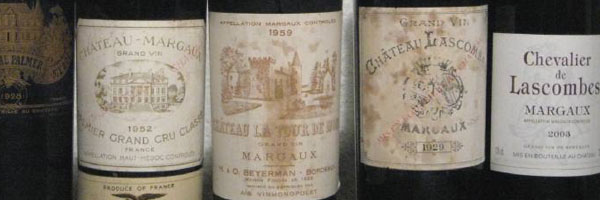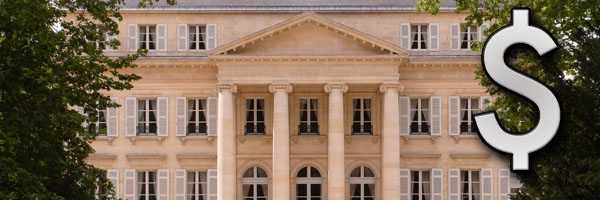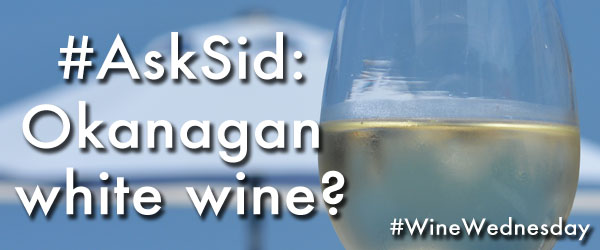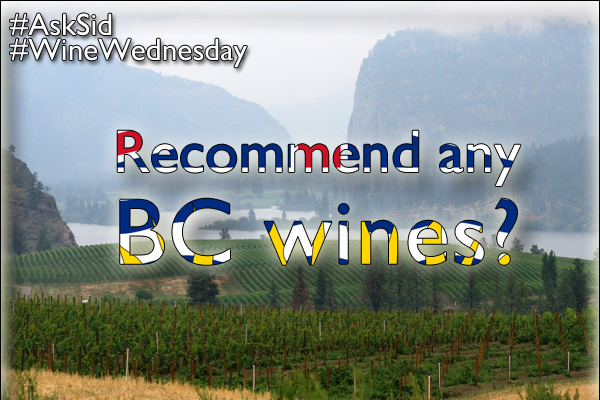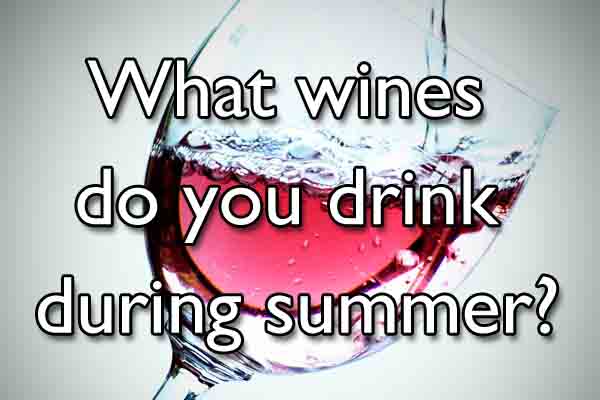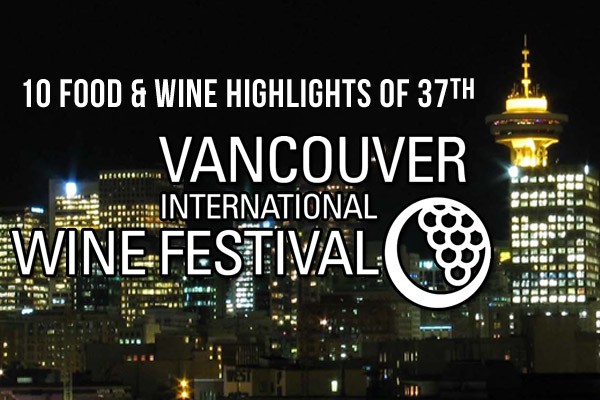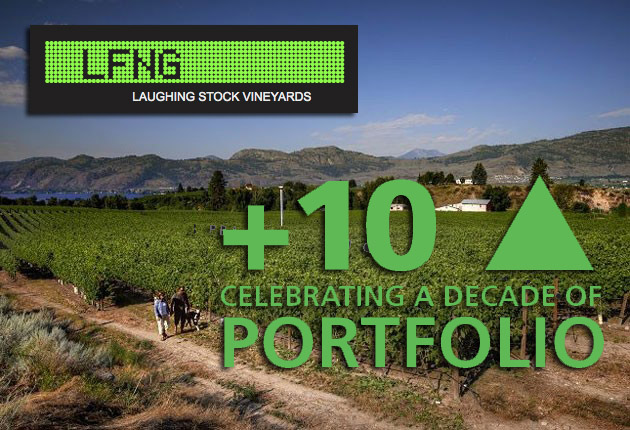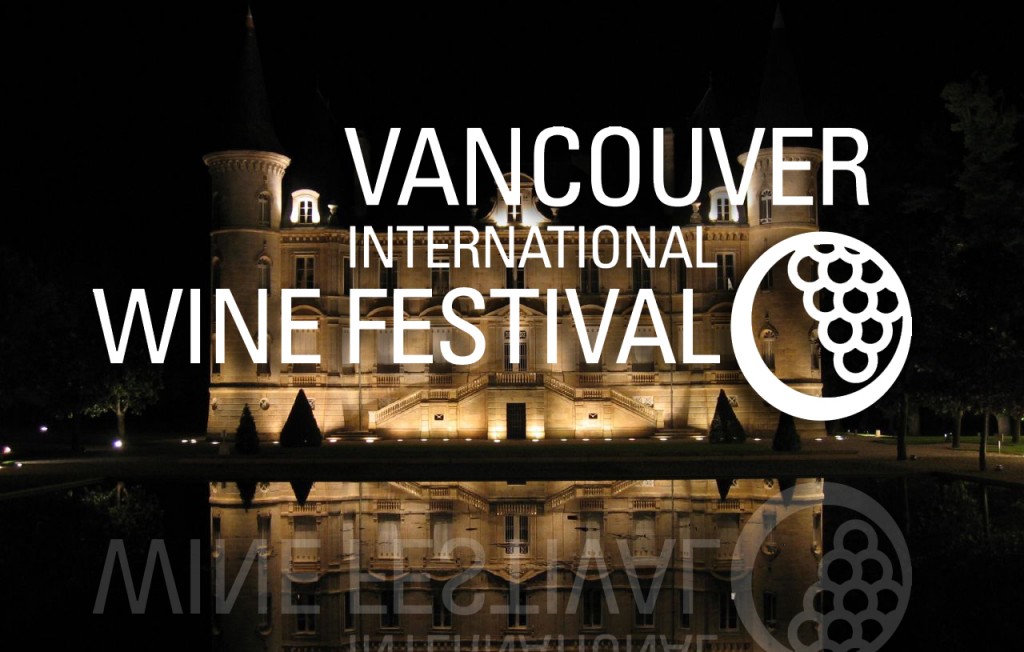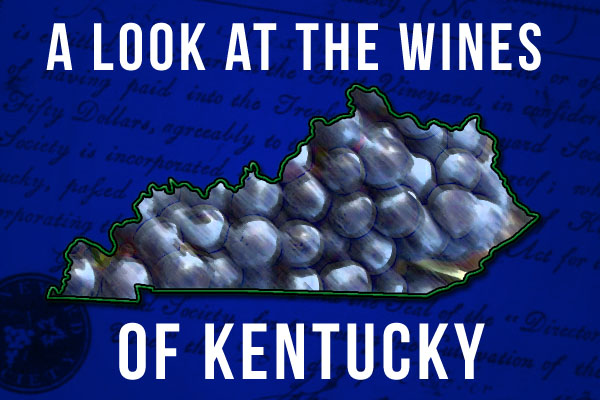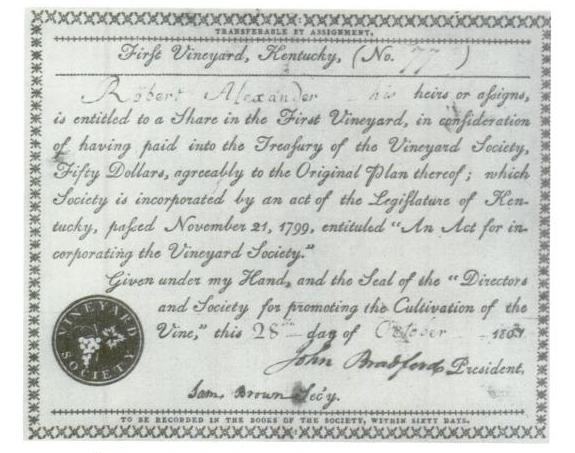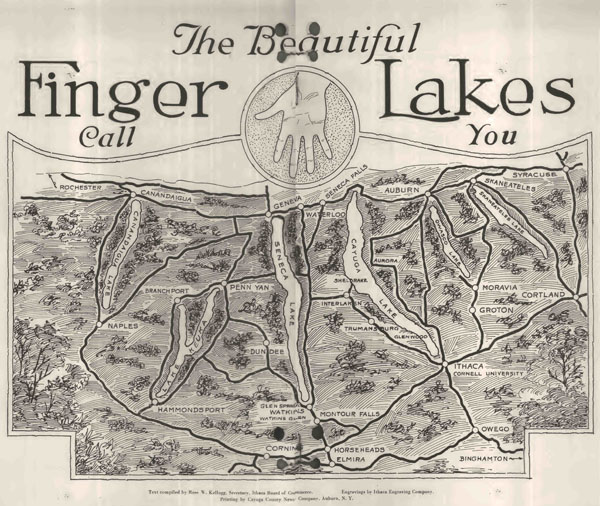The Vancouver Branch of the International Wine & Food Society this month in the classy Chartwell Room of the Four Seasons Hotel held a sit down tasting featuring a horizontal of 2005 Bordeaux at nearly 10 years of age. The event was well organized with wines served at perfect cool temperatures in appropriate glassware by Vancouver President James Robertson & Milena with help from Cellar Master Jim Esplen & Karen. Your scribe together with Joan Cross led an in-the-round lively discussion among the members for this sold out four tables of eight seminar with the consensus reached that 2005 Bordeaux now show a wonderful natural balance of youthful fresh acidity and impressive fruit concentration at all price levels. The perfect weather helped with a warm August & September but cooler nights and nearly half the normal rainfall resulted in ripe smaller berries contributing to higher solids to juice ratio. We reflected on other dry and hot years including 45, 47, 49, and 59 all from another era. 82s are great (but usually higher yields with lower concentrations), 89 and 90 (both with less freshness of acidity), 03 (extremely hot), and the current twin favourites 09 & 10 (sunny less hot than 09 and later picked). Vintages ending in 5 have tended to be overrated on release coming after a run of inconsistent years: Check out 75 after 72, 73, and 74; 95 after 91, 92, 93 and 94; and 05 after 01, 02, unique 03, and 04. Please be advised that in my opinion the 2005 is definitely not over hyped. Even Jancis Robinson states after tasting 70 properties in a recent article mid February in weekend The Financial Times Food & Drink section “The most impressive thing about the 2005 Bordeaux vintage is how consistently exciting it is”. See http://www.jancisrobinson.com/articles/2005-bordeaux-at-10-years
2005 CABANNIEUX Graves 50 Merlot 45 Cab Sauv 5 Cab Franc Underrated property on hilly slope at Portets (near Chateau Rahoul) of Dudignac/Barriere family shows lovely strawberry jam fruit and underbrush with easy current drinkability
2005 ROZIER St. Emilion South of village 80M (on clay limestone) 2CS/18CF (on warmer sandy gravel) Saby family since 1796 has softer concentrated merlot statement on plateau for enjoyment but no rush from this first of 3 Right Bank chateaux
2005 MARSAU Cotes de Francs (AC since 1976 but growing grapes there since 11th century)) East facing hill for extra sun 85M (clay) 15CF by Jean-Marie Chadronnier of Dourthe delivers solid big round more earthy styling from a developing region to watch
2005 LA FLEUR DE BOUARD Lalande de Pomerol 80M 15CF 5CS by Hubert de Bouard de Laforest of L’Angelus St Emilion fame is rich classy powerful cherries using dense plantings, lower yields and mocha vanilla from more new oak
2005 POTENSAC Medoc 60CS 25M 15CF Delon family of Leoville Las Cases magic touch since the 70s shows impressive Left Bank structure and touted as a current Best Value by Jancis Robinson
2005 PETIT BOSQ St Estephe (close to Calon Segur) 55M (high) 43CS 2CF (now have planted some Petit Verdot) started first in 1972 shows impressive tobacco notes on the nose and full thick fruit ending a bit rustic
2005 LANESSAN Haut Medoc (Cussac – South of Gruaud Larose) 75CS (high) 20M 5CF/PV Boutellier family always produced wine to age showing balanced intensity here but might be more complex by adding some more newer oak for lift with their older wood
2005 LA TOUR DU HAUT-MOULIN Haut Medoc (also Cussac but more gravel closer to the Gironde) Poitou family densely planted 50M 45CS 5PV results in a lush full ripe and concentrated blend that will continue to develop
2005 BATAILLEY Pauillac (5th Growth Haut Batailley to South & Grand Puy Lacoste to North) 70CS 26M 3CF 1 PV Borie Manoux/Casteja property now with Denis Dubourdieu consulting shows good young potential with ripe silky tannins not austere or aggressive
1982 BATAILLEY (Magnum) Highlight of the night in this format well stored with patient 33 years of bottle age has improved it dramatically as has put on weight to a stunning open cedar cigar box distinctive Pauillac terroir – so delicious! Lesson: Be patient with 2005.
You might also like:
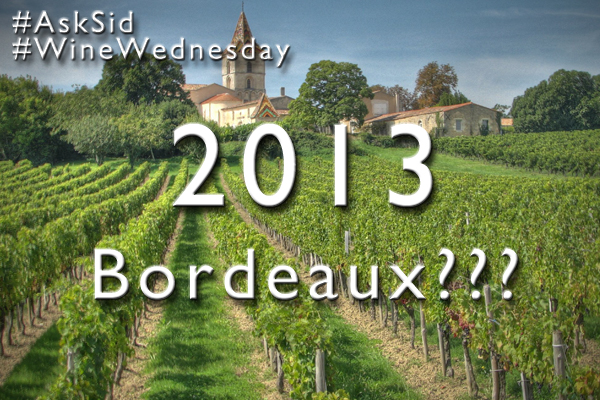 |
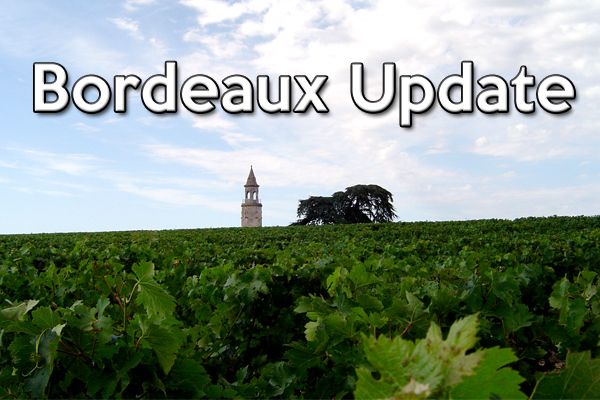 |
 |
